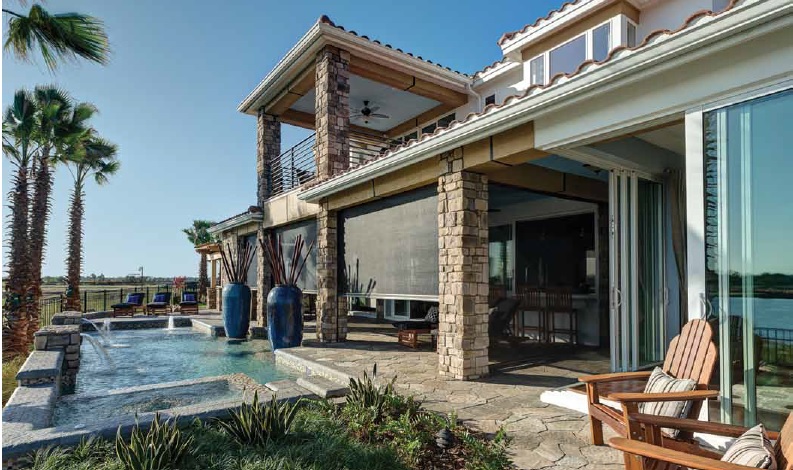
Heanjia is known for quality, durability and integrity in the screen market. We have evolved into a wide range of architectural screens known for innovative and supreme engineering, excellent craftsmanship and supreme aesthetic appeal. Presently, we represent the excellent quality and attractive architectural screens for louvers, grilles and sun controls.
The architectural mesh screens are crafted to your unique design and tailored needs based on existing platforms or new product development. Our advanced test facilities position us as an industry leader in developing mesh that excel in performance under new and upcoming test standards and code requirements. Eventually you get that works.
Our project management and customer service teams are experienced to balance your ultimate vision with timely delivery. We strive to make lasting connections.
Architectural mesh panels for grilles are functional and decorative, they can add detail and life to any building. You can get custom designed screens to your specification. These screens are an innovative solution that constitutes our answer to the expectations of modern architecture, featured by the search for new, small forms and outstanding functionality. A unique design of the solution makes it feasible to customize the parameters to a specific application. Advanced production technologies ensure the highest precision and aesthetic features. Get more information of the architectural screens that open up new opportunities of space development and products to all architects, designers and engineers.
These screens create a new visual effect, hence creating an added value to the design. Open area control convenience by high open area ratio with a comparatively small slot size. Functional structure and design of the mesh ensures outstanding strength and potential to handle large loads. Heanjia produces architectural mesh of stainless steel and aluminum. These screens are ideal for both outdoor and indoor applications. Due to their outstanding durability, they are best suited for places facing heavy traffic and increased humidity. These panels are also commonly used in facades, canopy roofs, parapet walls, sun protection, metal ceilings, wall covers, partition walls, curtains, railings and balconies, panel fences, gabions, scraper mats, linear and curved drainage, covers for trench heating and raised floor.
You can find architectural mesh screens adjusted to desired dimensions and technical parameters optimized as per functionality, durability and cost. Select from a wide range of mesh solutions for your applications or get assistance in choosing the best suited architectural mesh panel. We help you achieving the sustainable building as our commitment through construction detailing and commissioning. The designer panels are designed as per the needs and requirements for all the functions in the building and their relationship to each other. Extensive programming enhances energy savings by placing spaces in the most beneficial position for daylight, thermal control and solar screening. These panels also uncover opportunities for various functions to share space hence decreasing the overall square footage of the building. Architectural screens meet the functional and operational needs of the facility when chosen correctly. So contact us to get your perfectly suited screen at a cost-effective price.

